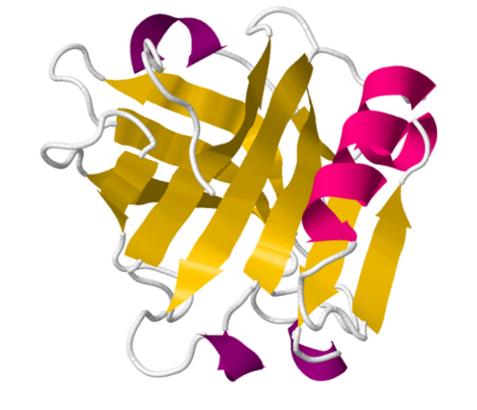Lifeasible specializes in milk-related testing and offers services to help determine the acid-soluble β-lactoglobulin content of liquid milk to indirectly assess the level of milk heat treatment.
Milk is mostly thermally processed before consumption. The primary purpose of heating is to kill pathogenic bacteria and extend its shelf life. However, heating can lead to significant losses in nutrition, including vitamin destruction, whey protein denaturation, and Maillard reaction. Identifying the heating level of milk can indirectly determine the nutritional value of milk. The heat load indicator is a chemical marker that quantifies the impact of thermal processes on milk. Acid-soluble β-lactoglobulin is an essential heat load indicator. Its content can be measured to quantify the heating of milk. In addition, β-lactoglobulin is one of the major milk allergens responsible for almost 80% of cow milk allergies. The detection of acid-soluble β-lactoglobulin can indirectly respond to the content of allergens.
 Fig. 1 Crystal structure of monomer of bovine β-lactoglobulin monomer (Broersen, 2020).
Fig. 1 Crystal structure of monomer of bovine β-lactoglobulin monomer (Broersen, 2020).
Liquid milk generally requires heating to remove bacteria. We offer services to help determine the acid-soluble β-lactoglobulin of liquid milk. We use high-performance liquid chromatography (HPLC) for detection. The method requires that the sample pH be adjusted to 4.6 to precipitate casein and denatured whey proteins. Once the precipitated proteins are removed by filtration, the β-lactoglobulin in acid whey can be determined by reversed-phase HPLC.
Detectable samples:
(1) Raw milk or pasteurized milk or high-temperature pasteurized milk.
(2) Ultra-high temperature (UHT) milk.
(3) Bottle sterilized milk.
Operation flow:

Note:
Please avoid high temperatures during sample delivery to ensure that samples are not damaged.
Main reference standard:
ISO 13875:2005
Lifeasible determines acid-soluble β-lactoglobulin based on the method that meets international standards to help evaluate the level of milk heat treatment. Our service is professional and thoughtful. In addition to acid-soluble β-lactoglobulin, other heat load indicators include alkaline phosphatase, lactoperoxidase, and lactulose. We can also provide services to test these heat load indicators. Please contact us for a professional milk testing service.
References